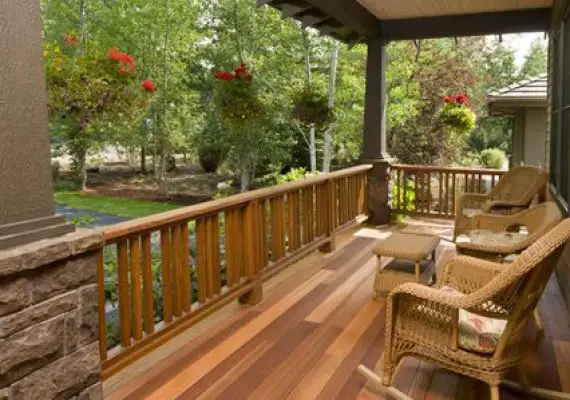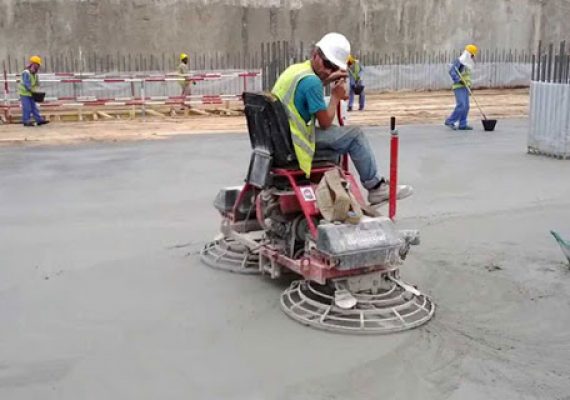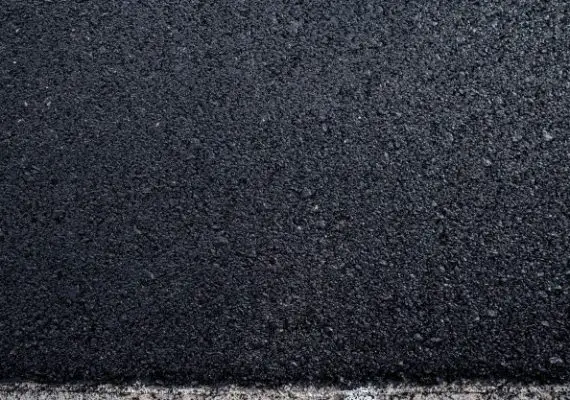What Does Depressed Slab Mean In Construction?
What Does Depressed Slab Mean In Construction?
A depressed slab in construction is a term used to describe an area of concrete or other rigid material that has been lowered from the level of surrounding areas into a depression, such as a drop-off or recess.
This allows for the construction of features such as drainage channels, utilities, wiring runs, or even stairways. A depressed slab can be cast integral to the floor or constructed separately afterward.
It’s often used in areas like parking lots and sidewalks that are prone to flooding due to their level design—the depressed slab offers an easy solution to direct surface water away from the immediate area.
What Are The Four Different Types Of Slabs?
There are a variety of different types of concrete slabs available to be used, including a one-way joist slab, flat slab, flat plate, waffle slab, hollow core slab, precast slab, slabs on grade, hardy slab, and composite slab.
The most common type is the one-way joist slab which consists of reinforcing bar beams in two directions that support the solid concrete poured into the formwork.
Flat slabs are ideal for large open spaces since they allow direct connection to walls as well as columns while they also reduce cutting and vibrating costs. Flat plates are similar but possess thicker edges than flat slabs.
Waffle slabs have a grid pattern in order to maximize their strength; moreover, they use a lesser amount of concrete than other types making them more cost-effective.
Hollow core slabs consist of precast units with voids within them hence reducing their weight by up to 50%.
Precast slabs are factory-produced offsite and can be widely customized according to design requirements; these are generally used when access is limited or changes need to be done quickly at the site.
Slab on grade offers great adaptability with minimal reinforcing needed; additionally, it provides insulation from extreme temperature and moisture levels beneath it.
Finally, hardy and composite slabs offer additional strength or features such as fire resistance depending on the requirement.
What Are the Minimum and Maximum Thicknesses of the Slab?
The minimum slab thickness for residential buildings is around 4 inches (100mm), while the maximum slab thickness is 6 inches (150mm) approx as of 27 July 2022.
The thickness of the slab will depend upon the load that has to be supported, and also on whether it is a single-story or multi-story building.
The size and shape of the structure and material used also play an important role in determining the optimum slab thickness. Slab thickness generally varies between 3″ to 8″, with a minimum of 4″.
Which Slab Is Best For Construction?
Hollow Core Slabs are the best option for construction as they offer a large span distance and have holes that make it easier to install wiring and plumbing, thereby reducing the time and cost of the construction project.
They are lightweight, yet strong enough to bear heavy loads, providing great resistance against natural disasters such as earthquakes or hurricanes.
Additionally, their installation is easy and quick compared to other slab options, making them perfect for high-rise buildings and large commercial projects.
Which Type Of Slab Is Most Common For Residential Homes?
Poured concrete is the most popular form of residential foundation used today, consisting of a level layer of concrete several inches thick with deeper beams along the edges that rest on a bed of gravel for proper drainage.
This type of slab is durable, cost-effective, and provides superior protection and stability for any home.
Furthermore, it can easily be built over existing soil without major excavation or special preparation as well as being structurally sound to ensure the safety of the building and its occupants.


